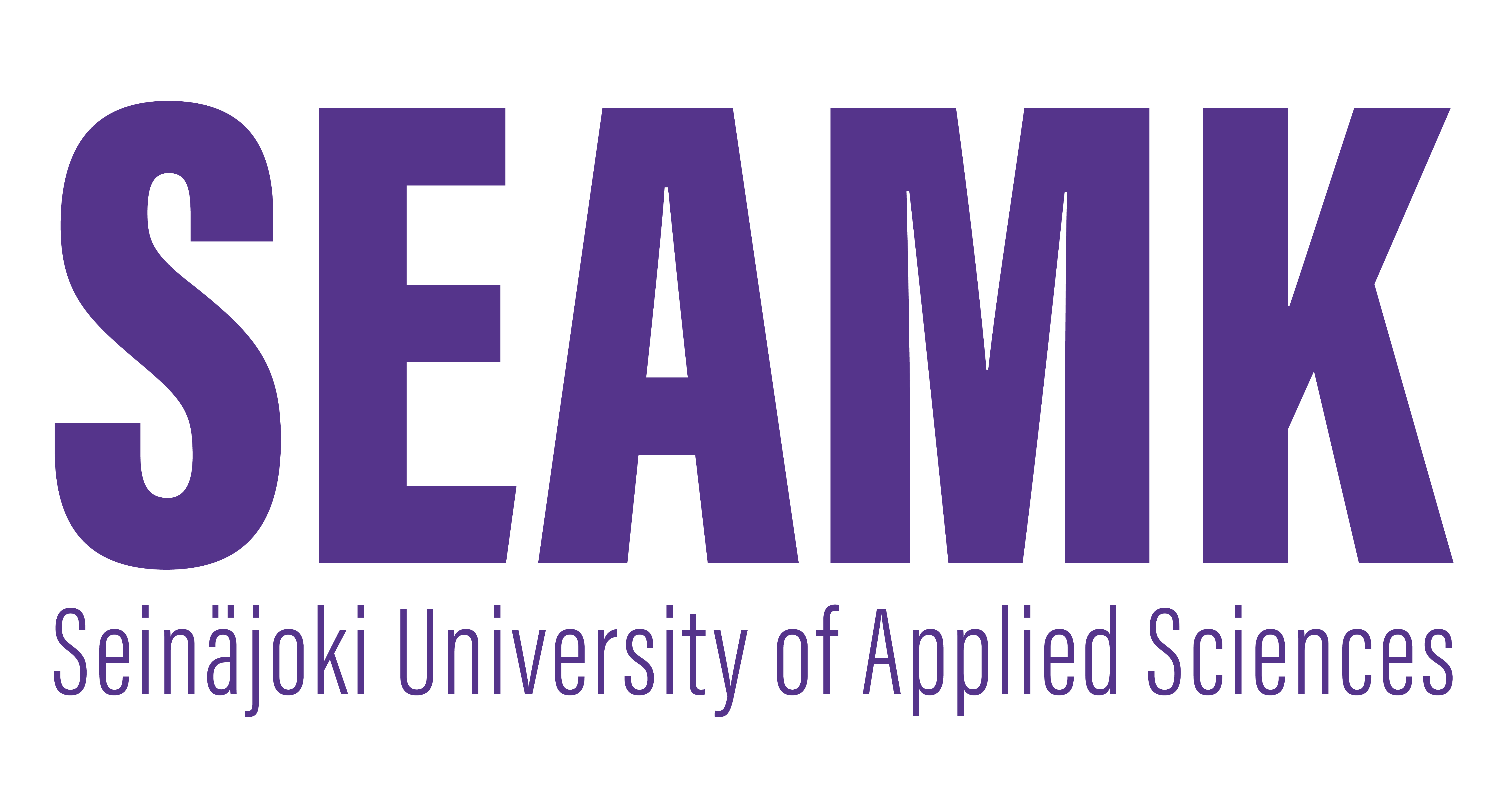Basics of biomechanics and assisting human movement (2cr)
Code: BB00DJ99-3002
General information
- Enrollment
- 17.04.2024 - 04.09.2024
- Registration for the implementation has ended.
- Timing
- 23.09.2024 - 13.12.2024
- Implementation has ended.
- Number of ECTS credits allocated
- 2 cr
- Local portion
- 2 cr
- Mode of delivery
- Contact learning
- Unit
- SeAMK Physiotherapy
- Campus
- SeAMK Seinäjoki, Kampustalo
- Teaching languages
- Finnish
- Degree programmes
- Bachelor of Health Care, Physiotherapy
- Teachers
- Maija Hiltunen
- Merja Hoffrén-Mikkola
- Scheduling groups
- Pienryhmä A (Size: 22 . Open UAS : 0.)
- Pienryhmä B (Size: 22 . Open UAS : 0.)
- Pienryhmä C (Size: 22 . Open UAS : 0.)
- Groups
-
FYS24Bachelor of Health Care, Physiotherapy
- Small groups
- Division group A
- Division group B
- Division group 3
- Course
- BB00DJ99
Evaluation scale
1-5
Objective
Students are able to:
-list basic concepts of biomechanics and know about their effect on human movement
-analyze the effects of various postures, movements, and types of force production on the body
-interpret the effects of external and internal forces on the musculoskeletal system and its various structures
-apply the principles of biomechanics when counselling and assisting clients with activities of daily living and in therapy situations (assisting movements, ergonomics)
Content
Laws of mechanics
Force production, internal and external forces
Lever arms and torque
Center of gravity, base of support, balance
Mobility assistance (Kinesthetics)
Worload and ergonomics
Materials
Kauranen, K. & Nurkka, N. (2022). Liikkumisen biomekaniikkaa. Helsinki: Liikuntatieteellinen seura.
Tamminen-Peter, L. & Wickström, G. (2018). Potilassiirrot: Taitava avustaja aktivoi ja auttaa. Työterveyslaitos. (online publication)
Videos in Moodle.
Teaching methods
Lectures 3x2 h as face-to-face teaching on Campus. Practical exercises 8 hours as face-to-face teaching. In addition, independent and group training and studying partly online. Practical exam as face-to-face teaching. Doing the learning task independently, regardless of time and place.
Student workload
54 hours of student work that consists of contact studying in campus, self studying and assignments.
Assessment criteria, satisfactory (1)
Students can:
-list some basic concepts of biomechanics and can to some extent tell about their effect on human movement
-under supervision, analyze the effects of various postures, movements, and types of force production on the body
-under supervision, interpret the effects of external and internal forces on the musculoskeletal system and its various structures
-in familiar and simple situations, apply the principles of biomechanics when guiding clients in therapy situations (assisting movements, ergonomics)
Assessment criteria, good (3)
Students can:
-list basic concepts of biomechanics and know a major part of their effects on human movement
-analyze the effects of the most important postures, movements, and types of force production on the body
- interpret to some extent the effects of external and internal forces on the musculoskeletal system and its various structures
-in some situations, apply the principles of biomechanics when guiding clients in therapy situations (assisting movements, ergonomics)
Assessment criteria, excellent (5)
Students can:
-list basic concepts of biomechanics and tell about their concrete effects on human movement
-analyze comprehensively the effects of various postures, movements, and types of force production on the body
- interpret the effects of external and internal forces on the musculoskeletal system and its various structures
-apply the principles of biomechanics when guiding clients in therapy situations (assisting movements, ergonomics)
Further information
Guided practical trainings are carried out in division groups A and B.
